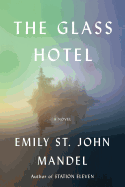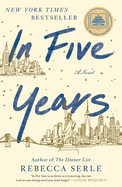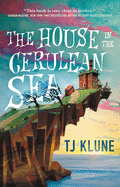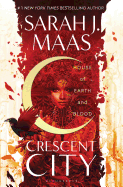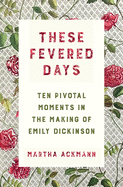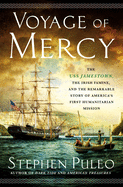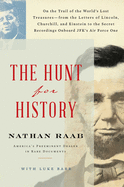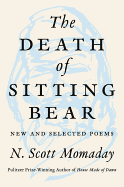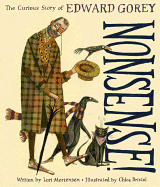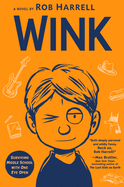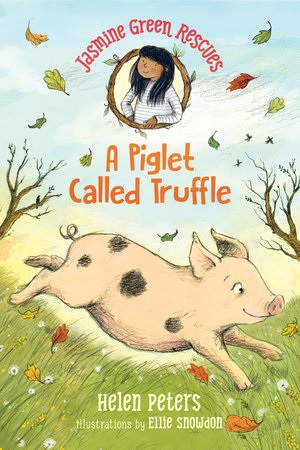 |
| photo: Maryam Lolo |
Julian Peters is an illustrator and comic book artist living in Montreal, Canada, who focuses on adapting classical poems into graphic art. His work has been exhibited internationally and published in several poetry and graphic art collections. Peters holds a Master's degree in art history, and, in 2015, served as Cartoonist in Residence at Victoria University in Wellington, New Zealand. Poems to See By (Plough Publishing House, $24) is now available.
Would you tell us a little bit about this book? How do you describe it?
Poems to See By is a collection of 24 adaptations of poems into comics. The selections range from 19th-century classics from authors like Emily Dickinson, Edgar Allan Poe and Christina Rossetti to contemporary or near-contemporary works by the likes of Seamus Heaney, Maya Angelou and Tess Gallagher. Unlike traditional books of illustrated poetry, the comics format allows for almost every line to receive its own visual accompaniment, which in turn allows for a much more intimate and dynamic interplay between text and imagery.
How did you choose the poems for this compilation?
The poems have been chosen to reflect a wide diversity of voices and perspectives, and to explore the six central themes into which the book is subdivided: identity, relationships, creativity, nature, time and mortality. Many, though not all, of the poems were selected in part because they are a standard inclusion in many Introduction to Poetry reading lists, thus facilitating the book's use as a teaching tool.
Some of the poems, like Edgar Allan Poe's "Annabel Lee" and William Butler Yeats's "When You Are Old," have long been among my personal favorites and have always spontaneously suggested to me a lot of the imagery that went into the comics adaptation. Others, such as Dylan Thomas's "The force that through the green fuse drives the flower" and Langston Hughes's "Juke Box Love Song," initially impressed me more by a particular kind of energy that they exuded, which it was then my task to figure out how to translate into visual form.
What was your process for making poetry visual?
I like to think of my visual interpretations as one possible reading of a poem. It is not my intention to offer the definitive "meaning" of a poem, or in any way limit the range of possible interpretations. Rather, my hope is to open up the poem to further reflections by getting readers to look at it in a new way.
I normally begin with the "emotional atmosphere" that the poem conjures up for me and consider what style or imagery might provide a visual analogy to that. I also look closely at the order in which the various ideas and imagery are presented, with an eye to whether they suggest a way of superimposing some kind of narrative upon the whole (comics being an intrinsically narrative art form).
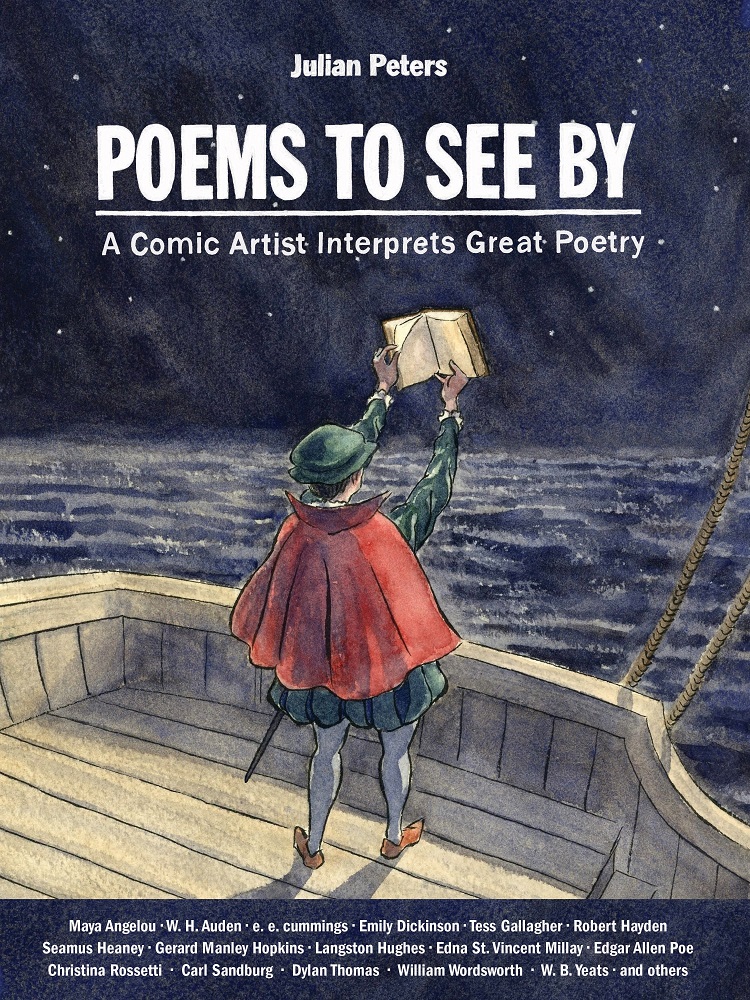 Why did you want to create this work for young adults?
Why did you want to create this work for young adults?
It was only in my late teenage years that I began to appreciate poetry. At some time between age 18 and 19, poetry went from being this thing that had always left me rather cold to constituting a full-blown passion. I can't quite explain this shift, which I suppose was partly hormonal, but thinking back on that time, it strikes me that one of the important factors was that I had various literature teachers who were very good at communicating their own enthusiasm for poetry. One of the ways they would do so was through frequent impromptu recitals of their favorite works, and the almost physical delight being taken in the delivery of these lines awakened me to the fact that there was more to poetry than just saying things in a complicated way. I like to think of my comics interpretations as my own poetry recitals, my own way of expressing my love for this material. My hope is that some of this passion will be contagious.
Are you interested in doing more works for a youth audience?
Absolutely! I think the works of art and readings that one encounters in one's youth are the ones that determine our most fundamental, bedrock tastes. All told, works of art aimed at children and young adults probably have a greater collective influence than do those created primarily for an adult audience.
I found your comic for "Caged Bird" by Maya Angelou to be particularly moving. The colors are bright, the textures are soft, there's a lot of beauty there. But the text is also confined, making the reading experience feel claustrophobic and intense. How did you choose the styles and mediums for each poem?
The imagery in "Caged Bird" is inspired by various kinds of traditional African American quilts, especially the Gee's Bend quilts from Gee's Bend, Ala., and the story quilts created by former slave Harriet Powers in the late 19th century. I wanted imagery that evoked a historical experience while still remaining abstract enough to allow readers to focus mainly on the emotions that would have accompanied these experiences. I also saw these beautiful and inventive quilts, which originally were often made from spare scraps of cloth, as representative of the resilience of spirit that is evoked in Maya Angelou's poem.
Is there anything else you'd like to tell Shelf readers?
The book is aimed at young adults, but my hope is that it can be enjoyed by older readers as well. A woman at a pre-launch event told me that she had pretty much written off poetry since her school days but, as she began reading one of the comics interpretations to be included in Poems to See By, she found herself moved to tears. I couldn't ask for a more rewarding response than that. --Siân Gaetano, children's and YA editor, Shelf Awareness
Julian Peters: Poems to See By
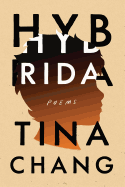 The work, for example, of Brooklyn Poet Laureate Tina Chang is not always easy to read, yet her scope is what renders her recent book Hybrida so rewarding. Her topics range from her fears for her mixed-race child's safety to the epic "Bitch," about Laika, the first dog in space: "While humans went about their earth lives below, she remained/ chained but floating. Her canine self, a mortal wound." There is anguish in Hybrida but also empathy and care toward language.
The work, for example, of Brooklyn Poet Laureate Tina Chang is not always easy to read, yet her scope is what renders her recent book Hybrida so rewarding. Her topics range from her fears for her mixed-race child's safety to the epic "Bitch," about Laika, the first dog in space: "While humans went about their earth lives below, she remained/ chained but floating. Her canine self, a mortal wound." There is anguish in Hybrida but also empathy and care toward language.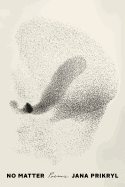 No Matter by Jana Prikryl is from a different side of New York, colder and perhaps stranger. She tours a city where David Bowie and characters from Virgil appear within its blocks. This isn't fantasy but not far away from it. Her poems break down time and landscape with a sense of music and play, modernity cracking apart with the immediacy of Kirsten Dunst wearing kicks in Marie Antoinette.
No Matter by Jana Prikryl is from a different side of New York, colder and perhaps stranger. She tours a city where David Bowie and characters from Virgil appear within its blocks. This isn't fantasy but not far away from it. Her poems break down time and landscape with a sense of music and play, modernity cracking apart with the immediacy of Kirsten Dunst wearing kicks in Marie Antoinette.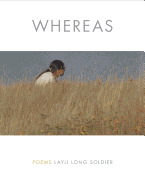 Layli Long Soldier's extraordinary Whereas is musical as well, but it's a much older song. The wrenching title prose poem explores the impossibility of reconciling colonial language with the Lakota experience, written with anger and ache. As do Prikryl and Chang, Long Soldier captures the nature of identity and life in 2020--living with collective memory while fighting to exist in a dangerous and uneasy present. --C.M. Crockford, freelance reviewer
Layli Long Soldier's extraordinary Whereas is musical as well, but it's a much older song. The wrenching title prose poem explores the impossibility of reconciling colonial language with the Lakota experience, written with anger and ache. As do Prikryl and Chang, Long Soldier captures the nature of identity and life in 2020--living with collective memory while fighting to exist in a dangerous and uneasy present. --C.M. Crockford, freelance reviewer



 Why did you want to create this work for young adults?
Why did you want to create this work for young adults? 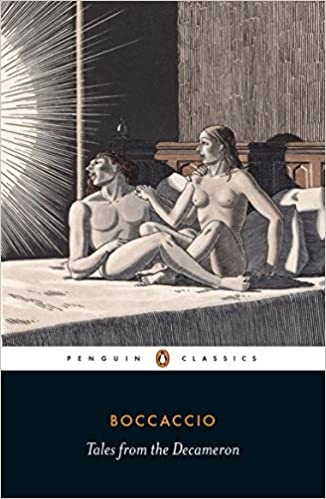 The Decameron by Giovanni Boccaccio follows 10 young Italians--seven women and three men--who take shelter from the Black Death in the countryside around Florence. Each day, over the course of 10 days, every member of the group must regale the others with a story, for a total of 100 tales throughout their stay. Boccaccio (1313–1375) uses this pastoral escape as a framing device for tragic, comedic, even erotic stories from far-flung sources. Through long chains of translations, Boccaccio was exposed to ancient Indian and Middle Eastern narratives, which he added to or altered for his own purposes. Some tales borrow from Italian oral tradition or other local sources, including a French one shared with Geoffrey Chaucer (which became the "The Reeve's Tale" in The Canterbury Tales). Regardless of each Decameron story's origin, Boccaccio twists them to reward early humanist ethics and mercantile sensibilities, rewarding sophistication and wit while punishing dullness and stupidity. In 2016, Penguin Classics published a selection of The Decameron's 32 best stories in Tales from the Decameron, translated and edited by Peter Hainsworth ($16, 9780141191331). --
The Decameron by Giovanni Boccaccio follows 10 young Italians--seven women and three men--who take shelter from the Black Death in the countryside around Florence. Each day, over the course of 10 days, every member of the group must regale the others with a story, for a total of 100 tales throughout their stay. Boccaccio (1313–1375) uses this pastoral escape as a framing device for tragic, comedic, even erotic stories from far-flung sources. Through long chains of translations, Boccaccio was exposed to ancient Indian and Middle Eastern narratives, which he added to or altered for his own purposes. Some tales borrow from Italian oral tradition or other local sources, including a French one shared with Geoffrey Chaucer (which became the "The Reeve's Tale" in The Canterbury Tales). Regardless of each Decameron story's origin, Boccaccio twists them to reward early humanist ethics and mercantile sensibilities, rewarding sophistication and wit while punishing dullness and stupidity. In 2016, Penguin Classics published a selection of The Decameron's 32 best stories in Tales from the Decameron, translated and edited by Peter Hainsworth ($16, 9780141191331). --